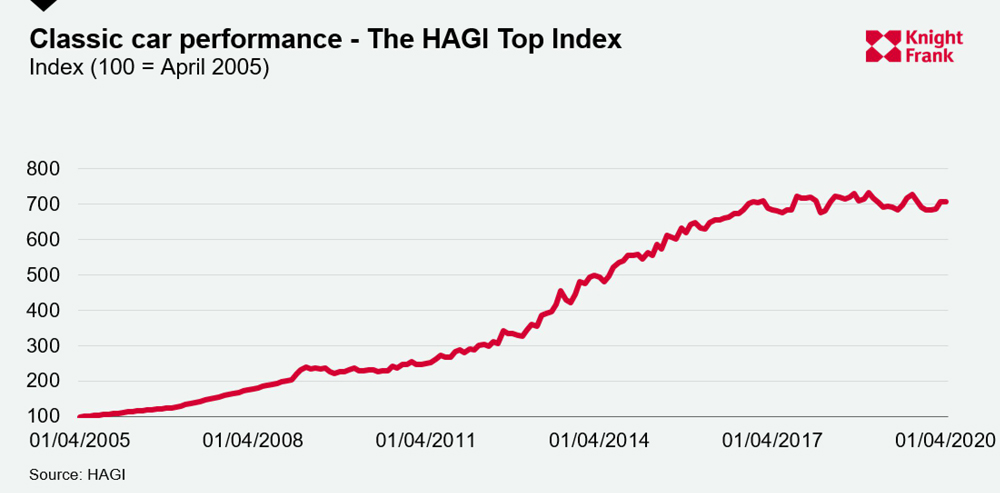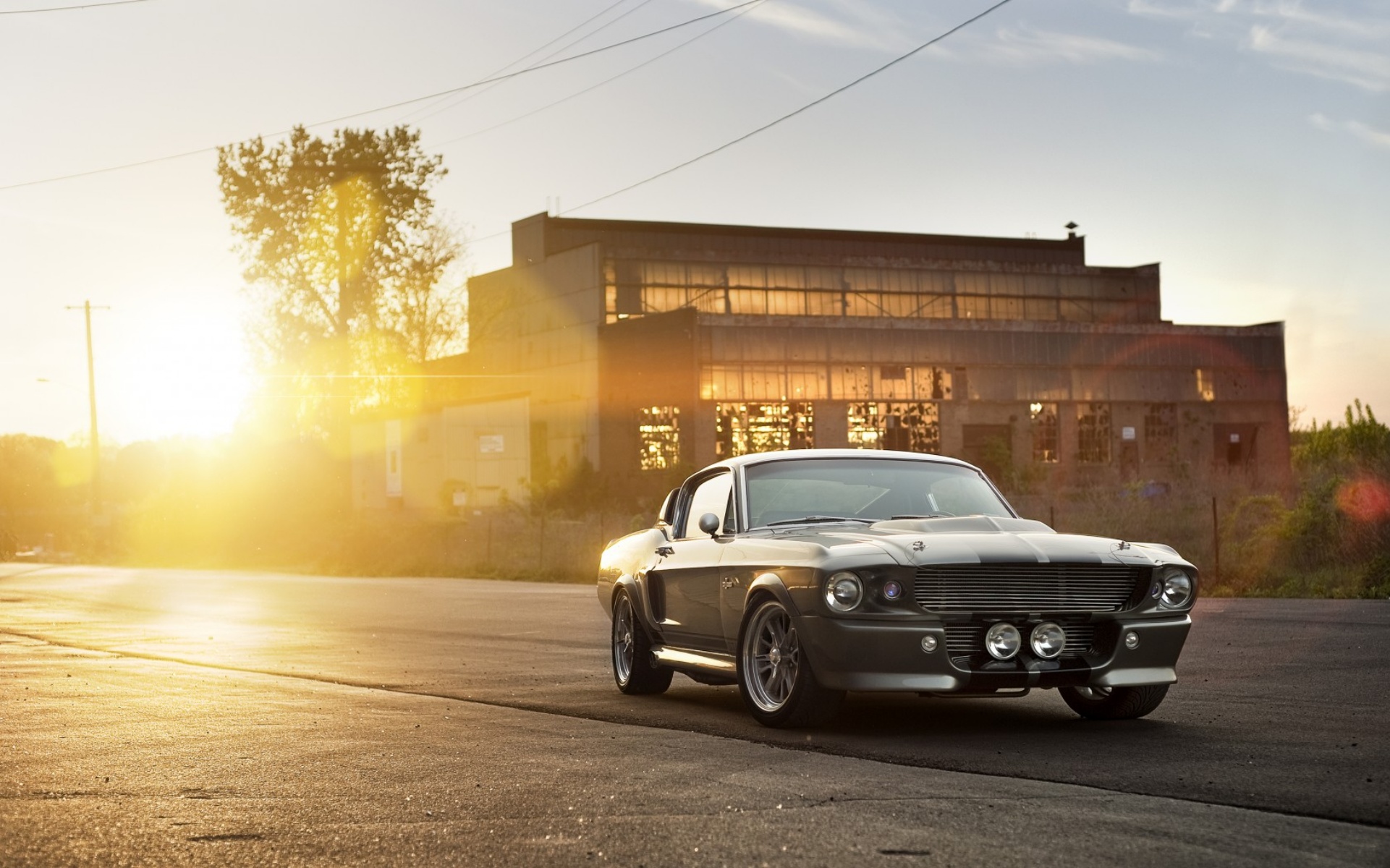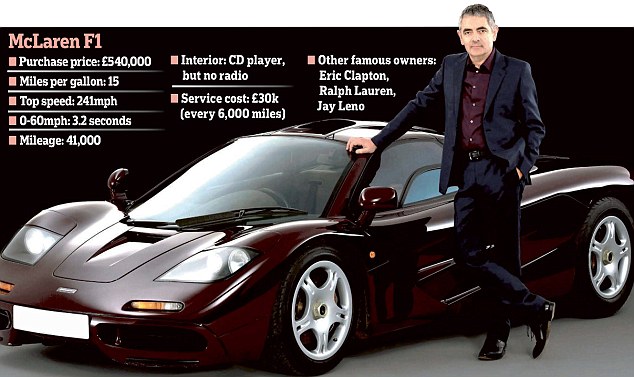The Mini: A Century in the Making
The Mini – A Century in the Making
In March 2023, the Mini Plant in Oxford UK will celebrate 100 years of manufacturing this iconic car. Production continues to increase as does investment and expansion of the company.
Up to 900 Minis are manufactured every day by the 3700 associates that make up Plant Oxford, continuing to add to the total of 11.65 million cars that have been produced since the very beginning.
The first car to be built at the factory was a Bullnose Morris Oxford, which was later followed by a wide range of other British brands including MG, Riley, Austin, Austin Healey, Mini, Triumph, and Rover, to name just a few.
Several famous cars have emerged from the Oxford Plant including the Bullnose, the Morris Minor, the Mini and of course, today's MINI.
William Morris was the founder of Plant Oxford 100 years ago and since then, there have been a further seven custodians. When Morris Motors merged with Austin in 1952, a former rival, William Morris remained as chairman for six months before finally retiring, by which time he was known as Lord Nuffield. He passed away in 1963.
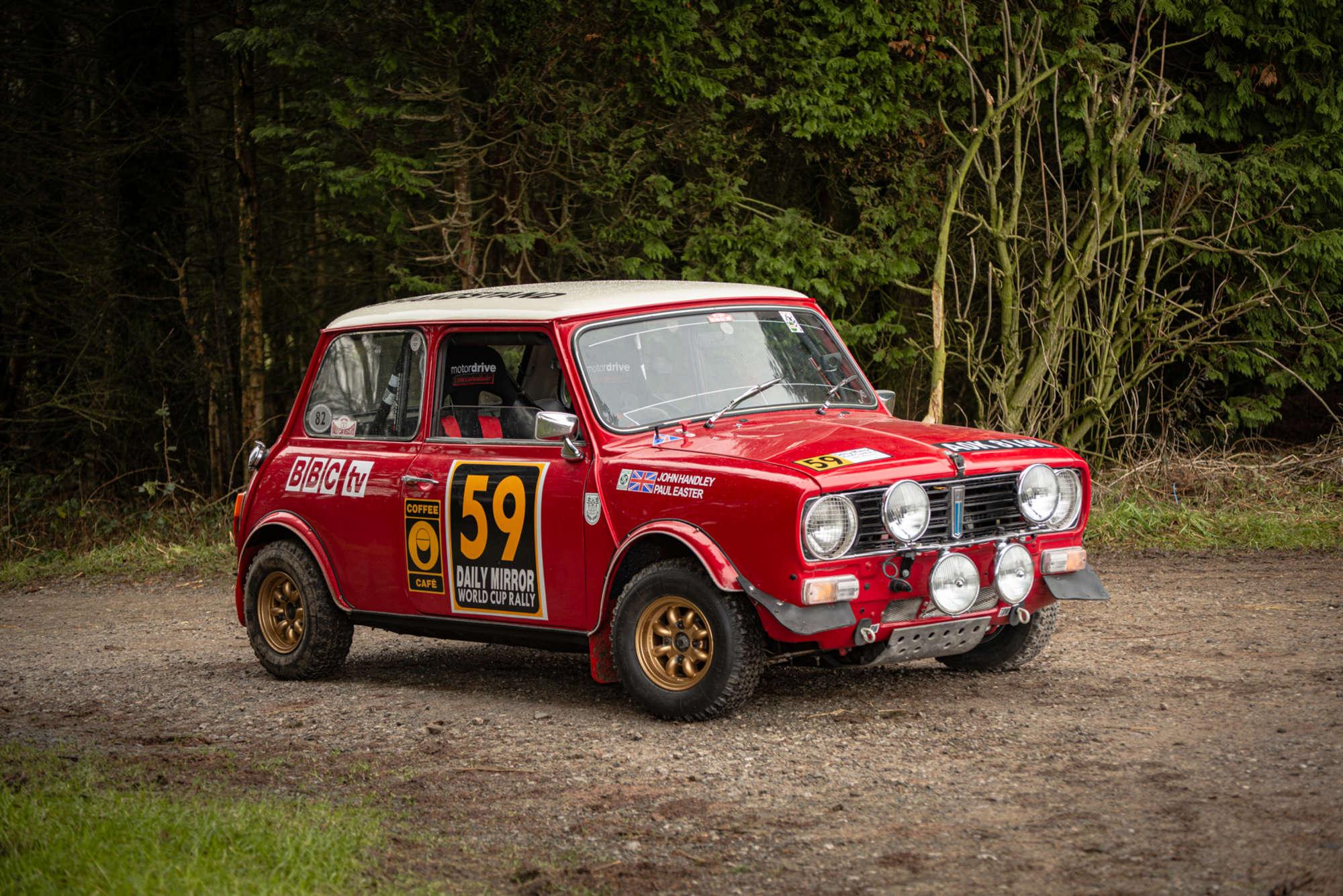
There have been many mergers and name changes over the years with the British Leyland Motor Corporation remaining as the name until nationalization took place in 1974. Further name changes happened until 1986 when it became known as the Rover Group.
The privatizing of the company occurred in 1988 and by 1994, BMW was the new owner. Land Rover and Rover were still being produced and BMW had great plans for these, but by 2000 they had sold both. The Mini brand then became their priority once again.
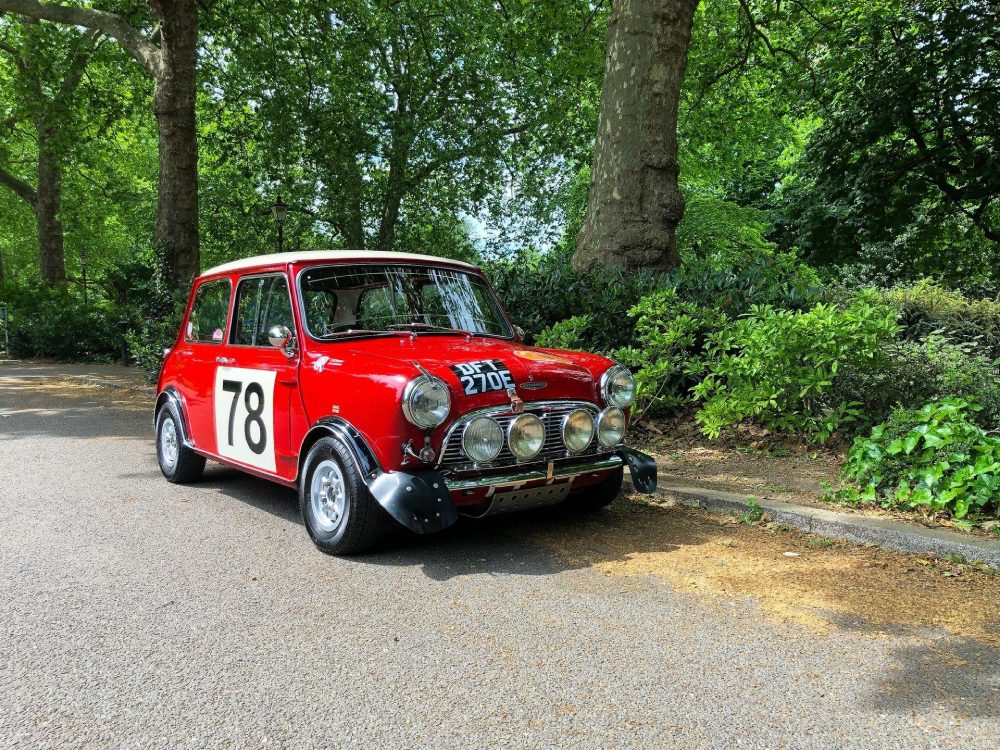
Today, Plant Oxford is flourishing as they manufacture the MINI Hatchback, Convertible, Clubman, Clubvan, Roadster and Coupe. Investment continues to flood in with the installation of new robots and technology to produce the next generation of MINI.
From the early days of the Bullnose Morris Oxford, the production timeline has seen the likes of the Morris Minor, Morris Eight, the Morris Oxford III, the BMC Mini, the BMC 1100/1300, the all-new MINI from 2001 and then the second generation of MINI from 2006 all emerge from the Oxford Plant.
Plant Oxford is today central to BMW Group's UK production, which also includes the Hams Hall engine factory in Birmingham and the Swindon pressings plant.
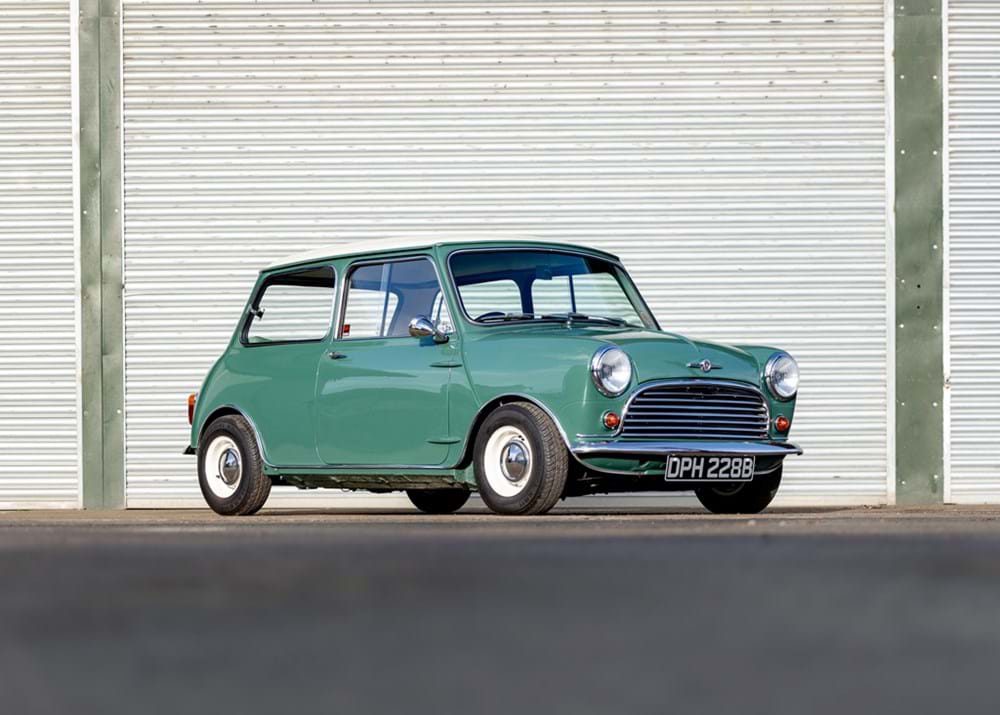
The future and road ahead look very bright with the new generation of cars being produced to meet the growing demand for exports and the continuing rise in sales.
If you are looking to buy a classic Mini then take a look at our website for a great selection from dealers around the UK and overseas.
If you are a dealer with vehicles for sale then contact us to find out about our latest marketing and advertising packages that will enable your stock to gain maximum exposure.

















































































